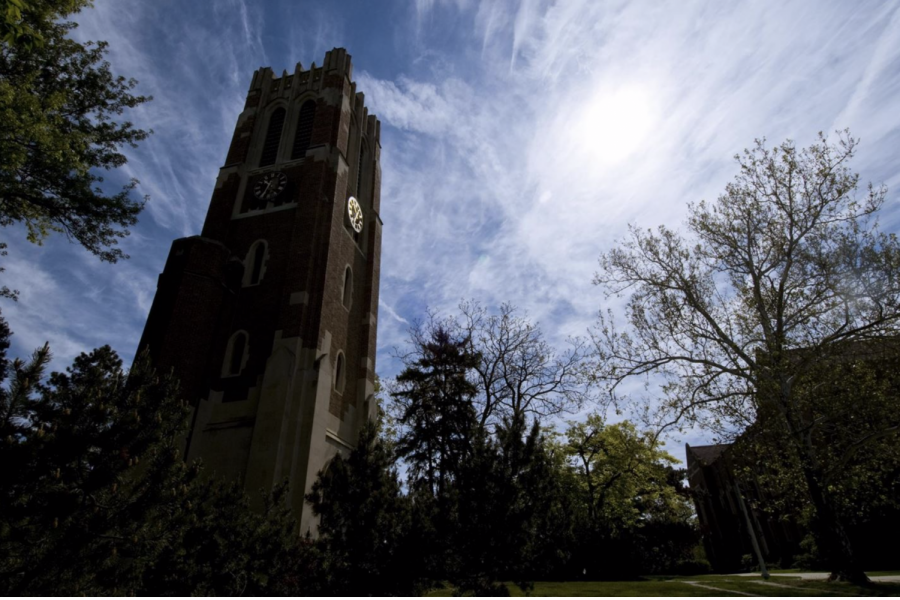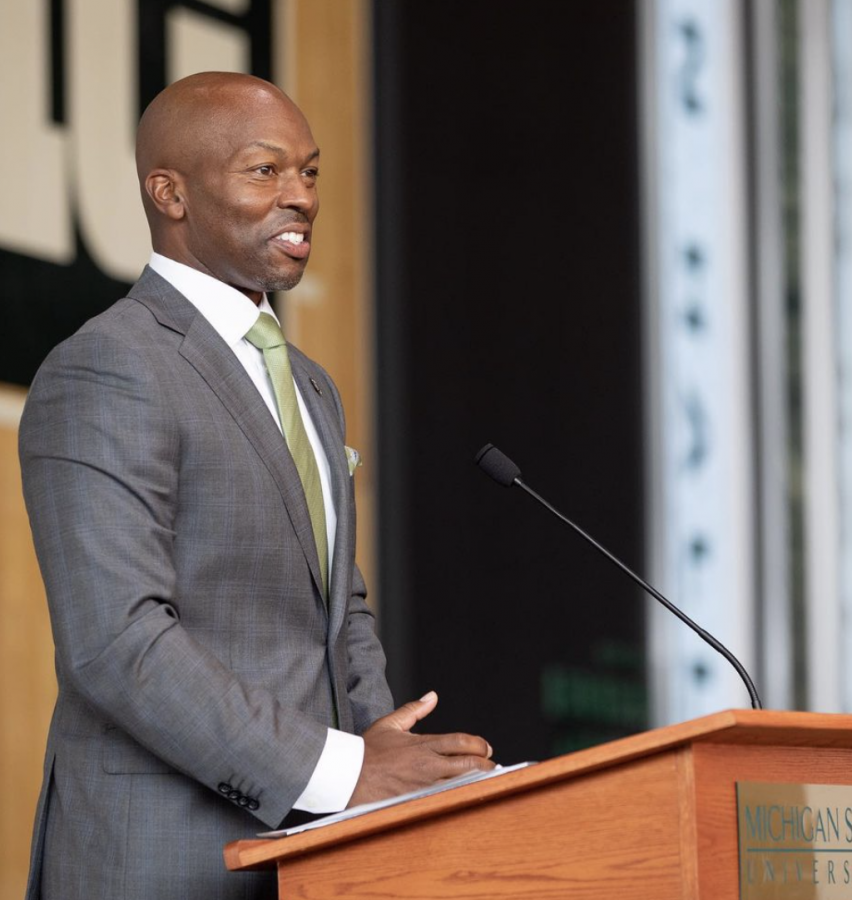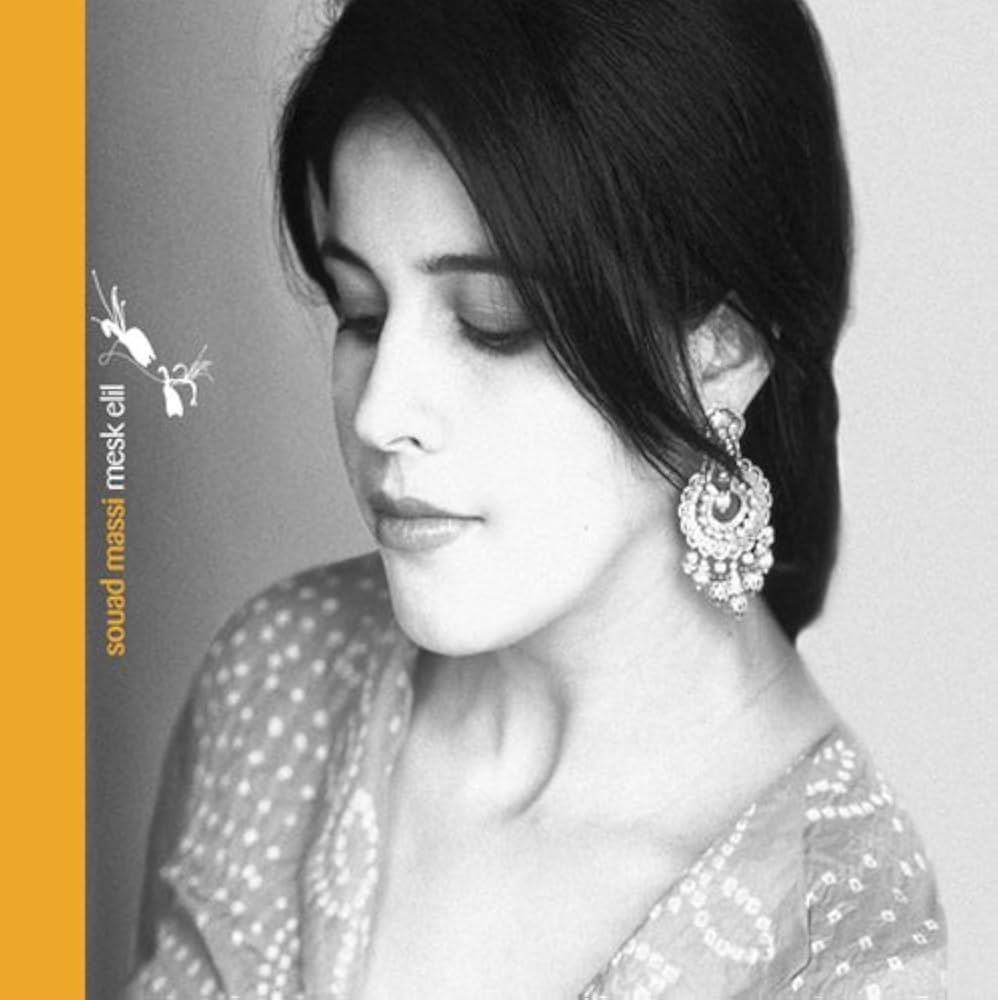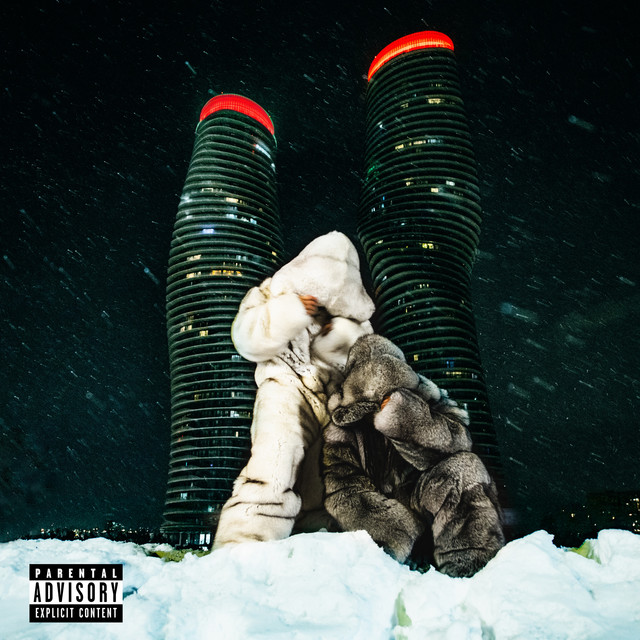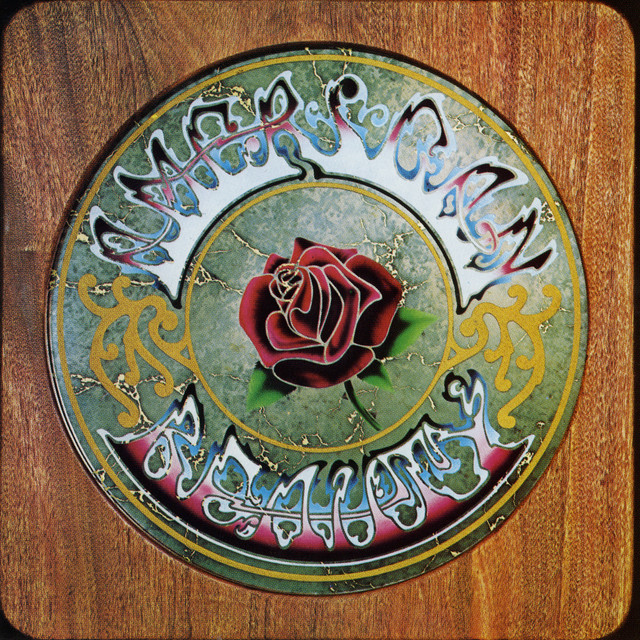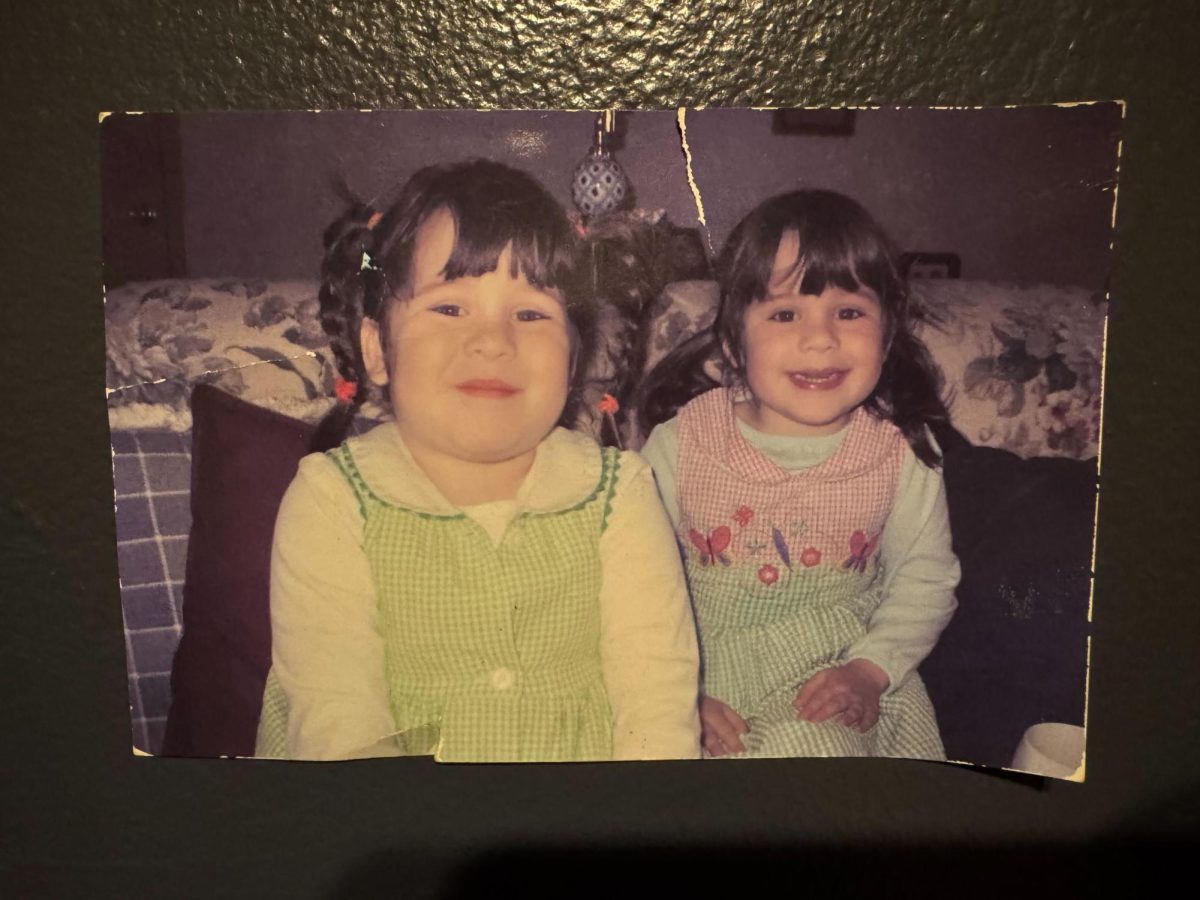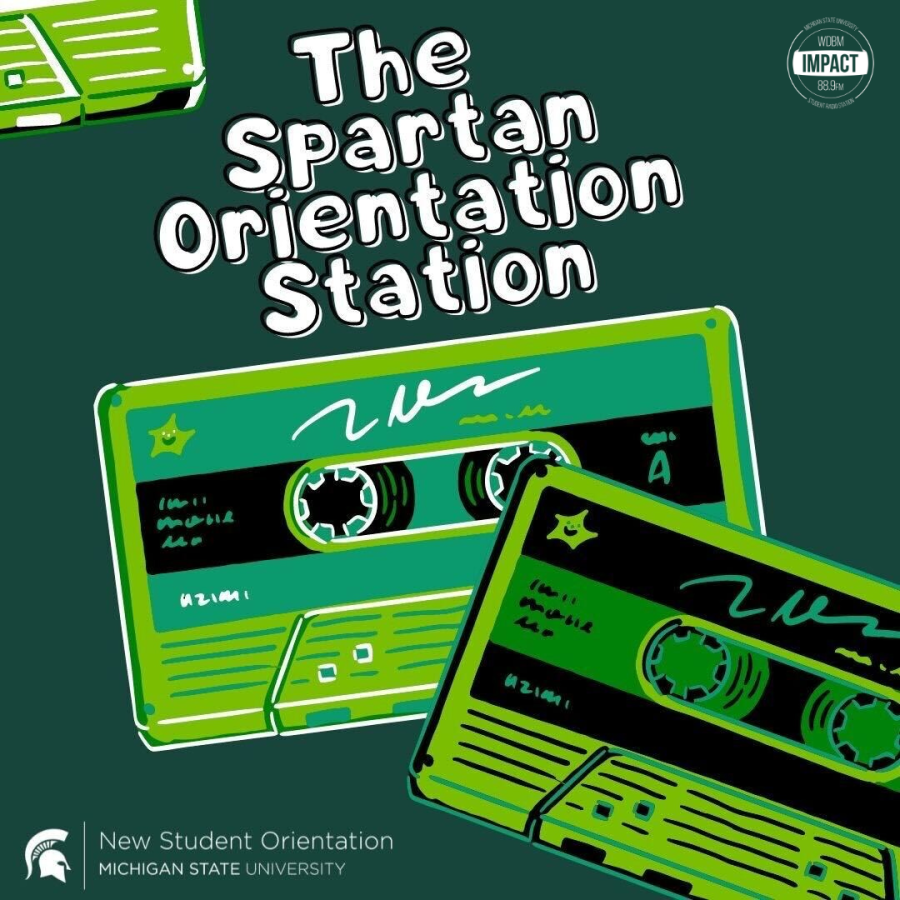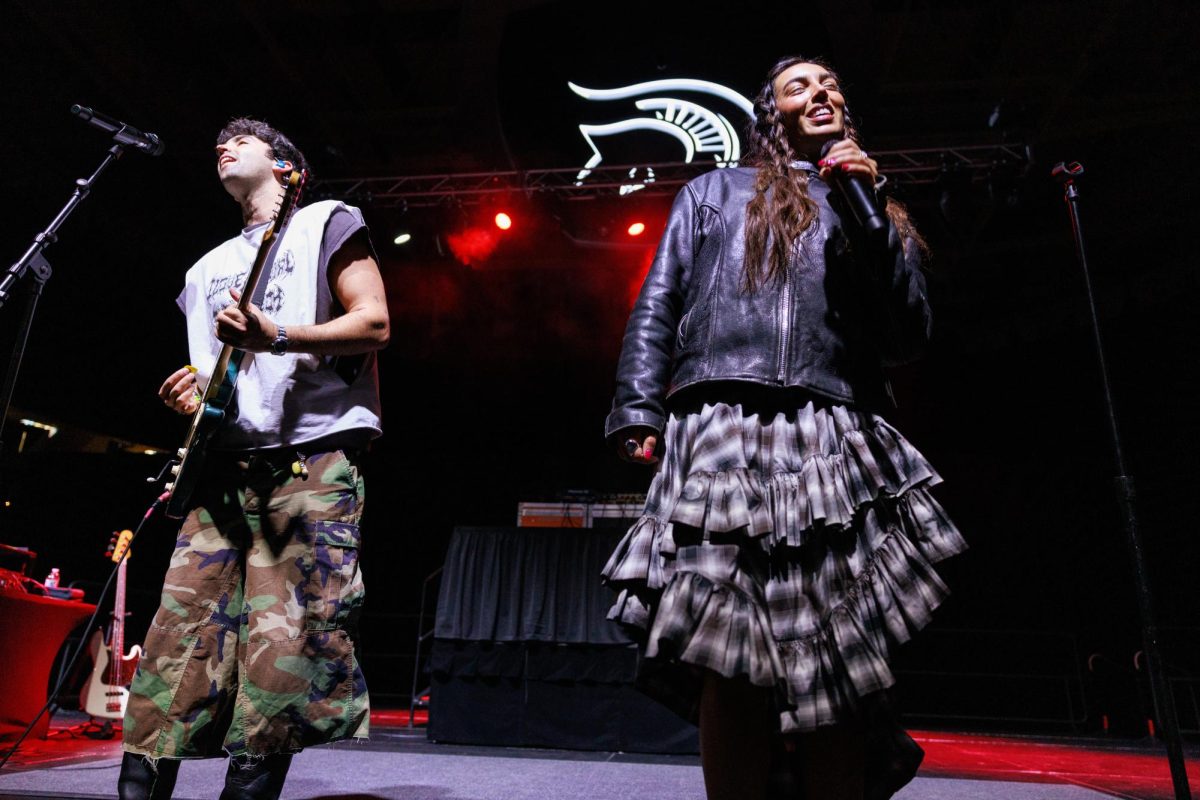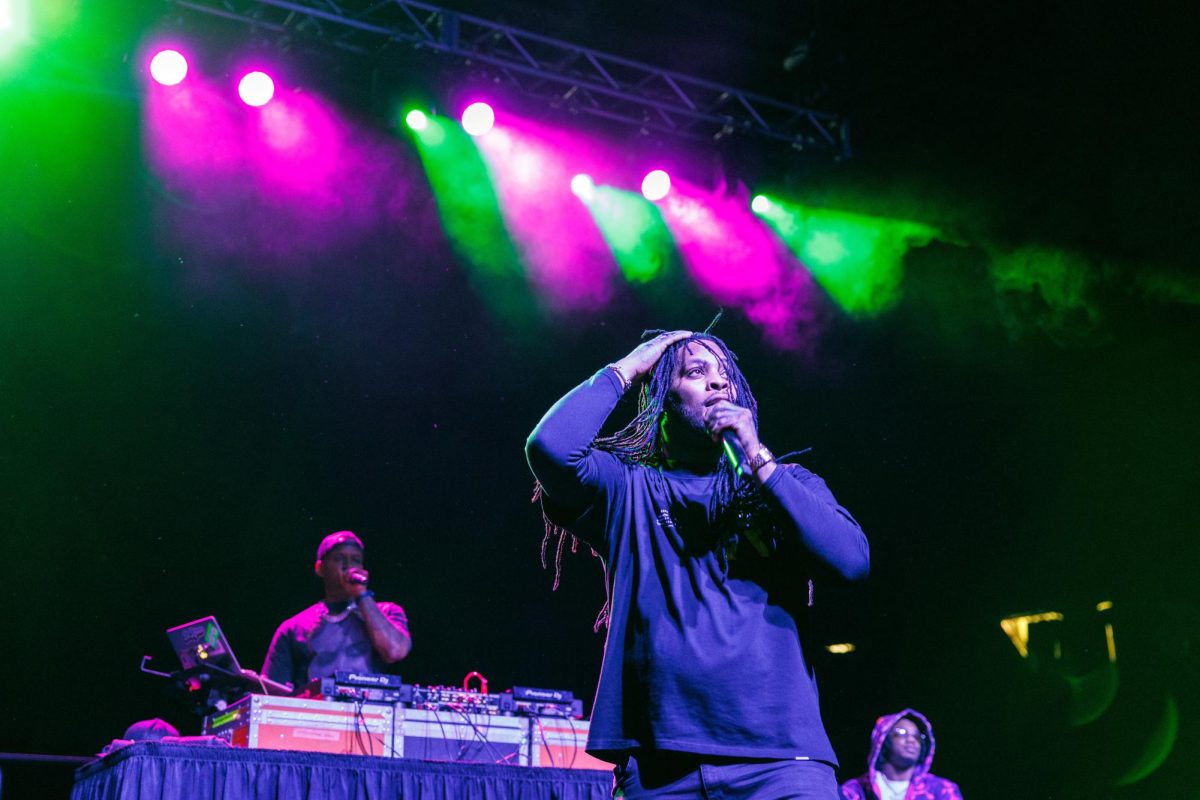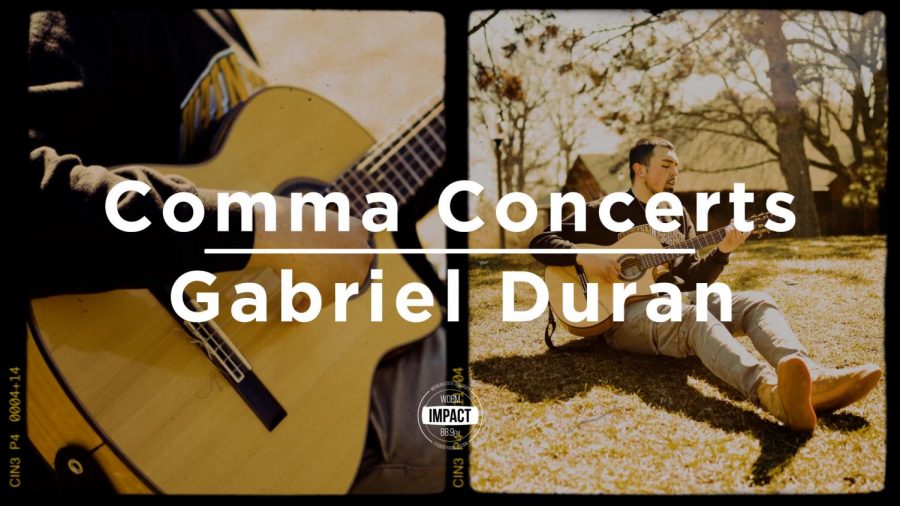Mutineer Music | Episode 3: 90s Hip-Hop
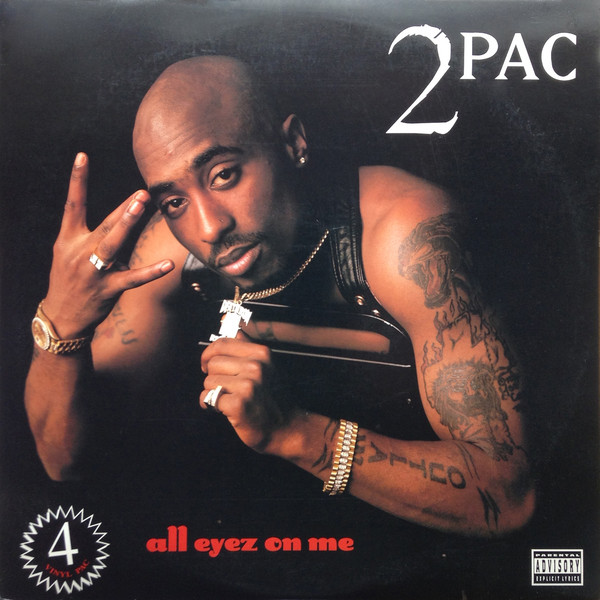
February 5, 2021
Few genres of music stay mainstream for longer than a decade. Even fewer dominate not only the charts, but the culture of the general populous for longer than that. Less than a handful can be said to have stayed in the spotlight for nearly half a century. And even less than that can say they spawned a political revolution that radically changed the views of a country with nothing more than rhythm and rhymes.
The earliest forms of hip-hop aren’t captured by vinyls, CDs or radio waves. They were events—moments in time that happened between people. DJs would create beats on street corners and local MCs would pop in to rap over these beats, usually in front of nearby onlookers. These first group gatherings were called “hip-hops” by people in the Brooklyn area, where it is said that the genre got its first true legs. Because of its spontaneous nature, it’s often stated that the first true hip-hop record wasn’t recorded until 1979, when The Sugarhill Gang released their hit single “Rappers Delight.” The single took heavy inspiration from funk, disco and R&B tracks of its time, but the isolation of the drum breaks from these different genres allowed for a new sound to be created.
Sampling is one of the foundational pillars of what makes hip-hop unique. A DJ’s producing prowess often hinged on their ability to take snippets of other (usually funk/disco/R&B) songs of the time and isolate specific elements of the tracks to create something new. DJs such as “Grandmaster flash,” “Kid Capri,” (who played a pivotal role in the production of Kendrick Lamar’s DAMN,) and “DJ Screw,” (a DJ renowned by Houston artists such as Travis Scott, who paid homage to him in his song “R.I.P. Screw” off of Astroworld) paved the way for the future of hip-hop.
Groups such as N.W.A. and Public Enemy were using this new sound to give power and a voice to those who would otherwise be undermined by the powers that be. Hit tracks such as “Fight the power” and “Fuck tha police” highlighted societal issues faced by opressed groups during the time, and to this day ring true as anthems of the people. Hip-hop acted as a way to bring harsh truths to the forefront of people’s attention in a way everyone could understand with relative ease. This has proved to be invaluable in fights against political issues of the time and of present day.
Nearly every edge of America had its own hip-hop pioneers helping to bring the genre into the mainstream. Most notably, the east and west coast gave us some of hip-hop’s legends, such as Nas, Snoop Dogg, Wu-Tang Clan, and Dr. Dre. Each of these artists created revolutionary works that have held their ground against the rapidly changing landscape of music since their creation.
While east coast hip-hop often revolved around grittier beats and biting lyrics depicting the hardships of life and the struggles of poverty, west coast hip-hop took more influence from the grooviness of funk to create their beats, with MCs often lamenting on their lavish lifestyles under the sun.
The Notorious B.I.G. and 2Pac are held up as the hip-hop kingfish of the east coast and west coast respectively. Both MCs dominated their local areas, and gave their own personal insights on the issues that they faced in America with songs such as “Changes.” These lamentations on societal issues and personal struggles by MCs of such massive status helped put a spotlight on conscious rap. A subgenre of hip-hop, conscious rap is focused on educating others on topics such as class struggles, feminism and black liberation. It has been used with great success by modern artists such as J.Cole and Black Thought.
Following public disputes, 2Pac and Outlawz released their diss track “Hit Em’ Up,” which took shots at The Notorious B.I.G. and his crew Junior M.A.F.I.A.:
“Biggie Smalls and Junior M.A.F.I.A. Some mark-ass bitches/
We keep on comin’ while we runnin’ for yo’ jewels/
Steady gunnin, keep on bustin at them fools, you know the rules/
Lil’ Ceaser, go ask ya homie how I leave ya”
It’s stated that while Biggie was hurt by the diss track, he was the central impeder when it came to whether or not Junior M.A.F.I.A. would respond. Despite this, the feud between the east and west coast giants was in the public eye until its grizzly end. The world of hip-hop was rattled to its core when 2Pac was tragically killed on Sep. 13, 1996. Following shortly after, the Notorious B.I.G. was shot and killed just 6 months later on March 9, 1997. Whether or not these tragedies were caused by the feud between the two artists is uncertain, as the case remains cold to this day.
After losing the two mightiest giants of its golden age, hip-hop held its breath in wait for its next true champion. MCs from regions outside of the coasts began to pop up during this time, with the most notably being Outkast, a group from Georgia who had been steadily rising in popularity throughout the South since 1992. The release of their third studio album, Aquemini, in 1998, rocketed the duo (consisting of Big Boi and Andre 3000) into superstardom.
Later in the decade, female artists such as Missy Elliot and Ms. Lauryn Hill began to release their own hip-hop projects. While Missy Elliot enjoyed a lucrative career that spawned a dense discography, Lauryn Hill fell on harsher times. In 1998, following the release of her freshman album The Miseducation of Lauryn Hill, (which won 5 grammys and has sold 20 million copies worldwide as of 2018) Lauryn faced a music industry that did not support her. Because of this, Ms. Lauryn Hill retired from the music industry, leaving the genre of hip-hop holding its breath once more. Though an unlikely hero, or anti-hero, would soon emerge from the North.
Often regarded as a hip-hop G.O.A.T. (a term often used to describe some of hip-hops most influential MCs and spark heated debates), Marshall Mathers, A.K.A. Eminem, was as exciting for the hip-hop world as he was controversial. Hailing from a trailer park on 8 Mile Road in Detroit, Marshall earned a reputation as a battle rapper, going under the pseudonym “B-Rabbit.” It was there that he was discovered by Dr. Dre, who took him under his wing to start producing hit records for the up-and-coming talent.
While hip-hop’s golden age was no stranger to lyrics depicting violence, drugs, drinking, sex and other elicit acts, Eminem managed to push the envelope to its limit on more than one occasion. Working under his chaotic alter-ego Slim Shady, Marshall Mathers dropped his freshman album The Slim Shady LP in 1999. It featured grotesque language and depictions of graphic, and often sexual, violence, combined with a myriad of sharp jabs against popular celebrities, politicians and social issues. Despite all the controversy it generated, the Slim Shady LP was a massive success and, to the dismay of parents everywhere, Eminem became an overnight sensation.
Since 1999, hip-hop has been the highest-selling genre in the U.S., which is no surprise when its history and influence are taken into account. Aside from the music, hip-hop has taken over the fashion, community and general culture of our country since its inception. And in this age of political unrest, the importance of hip-hop’s ability to give the marginalized a voice with which to speak to the world cannot be understated.
Artists, such as Kendrick Lamar, have used this power to speak out against racial division and police brutality. Though it has gone through a sizable amount of changes, branching into sub-genres like trap, hyperpop, lo-fi and many more, the true message of hip-hop stays persistent: Better yourself, better your fellow man and stay true to what makes you unique. This mission statement is said best by Kendrick himself:
Because of its expansive growth covering nearly every corner of America during the 90s, I’ve made a slightly larger playlist for those looking for a true sampling of everything the golden age of hip-hop had to offer.
Sources:
https://www.youtube.com/watch?v=WaI235xmpEs
https://www.youtube.com/watch?v=PrqDFDEJMmU
https://theconversation.com/the-healing-power-of-hip-hop-81556




